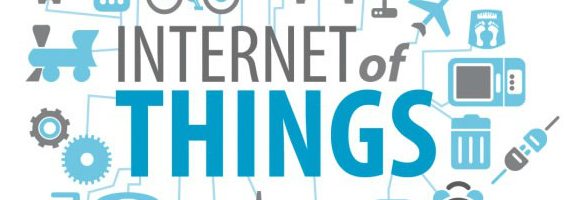Verizon chip partner first to announce lower cost Cat-M solution for IoT
LTE is typically marketed as a high-speed, high-bandwidth technology, but not everyone sees it that way. French chipmaker Sequans has spent the last several years focused on slower, low-power LTE chipsets with the goal of creating LTE modems that are inexpensive enough to support the “Internet of Things.”
“You need something cheaper, more efficient in power consumption and obviously lower on the speed, because you don’t need that speed … this is really the Cat-M technology,” said Sequans CEO Georges Karam.
Cat-M refers to Category M, the second generation of LTE chipsets meant for IoT applications. The “M” initially stood for “machines.” Category M follows Category-1 LTE, part of the existing 3GPP LTE standards, which enables reduced power consumption and cost by capping speeds at 10 megabits per second.
Sequans is the first chipmaker to announce a Cat-M solution, which caps speeds at 300 kilobits per second. The Monarch chipset integrates baseband, an RF transceiver, RAM and power management in a 6.5×8 mm form factor. Solution providers like Gemalto will add batteries, power amplification, switches and antennas to complete the IoT modules. Gemalto said it will create Cat-M LTE modules using the Sequans chipset, building on its success with Cat-1 modules that use the Sequans modem.
Karam expects these modules to be priced at roughly $8, about half the price of current Category-1 modules. Over time, Karam thinks Cat-M module prices will go even lower.
“I expect this price to go below $8 and maybe over time to approach … $6,” Karam said. “With this Cat-M what you are trying to do is make a solution that is really as cheap as a 2G solution, and 2G is really today in the $6 range. Cat-M is replacing 2G because 2G is [being] refarmed and Cat-1 is replacing 3G.”
Cat-1 is appropriate for IoT applications that require a browser interface, voice and potentially video, according to Karam. But many connected machines do not need that kind of speed or bandwidth.
“Basically the market today is using Cat-1 for all those applications because they have nothing else,” said Karam. “All the applications of M2M – they need to move from 2G to something else and the best they can do is to move to Cat-1, so we are seeing Cat-1 used on all kinds of applications whether high speed or very low speed,” he said. “If you are willing to pay then why not? It is a good solution.”
But Sequans is betting the market will see Cat-M as an even better solution because of the lower price point. Cat-M is expected to improve the economics of IoT for use cases like smart energy meters, industrial IoT sensors, asset trackers, smart city controllers and consumer wearables.
The company said Monarch is compliant with the 3GPP Release 13 LTE-Advanced Pro standard that defines new narrowband capabilities of LTE for machine-type communications. If you’re reading this and wondering how you could have missed Release 13, don’t worry, you didn’t. It hasn’t happened yet, but Karam sees this as a minor detail.
“We were backing the standard. The standard is not final, it’s 99%,” he said, adding software updates will enable Sequans to adapt Monarch to the standard when it is released, and sample Monarch in the second quarter of this year. Launching a chip ahead of the standard is a bold move, but Karam said it was important to keep up with Sequans’ biggest U.S. customer, Verizon Wireless.
“The challenge for Verizon is obviously [to] get their network ready as soon as possible so they can launch it,” said Karam. Verizon and Sequans have announced a partnership meant to accelerate the commercialization of Cat-M, following their successful cooperation on Cat-1. Sequans’ Cat-1 chipsets are certified for the Verizon network and are now being deployed commercially.
Karam said the work Sequans did to prepare Cat-M Verizon could pay off with other carriers as well. The Monarch is a single-SKU solution, meaning one piece of hardware should be able to support the frequency bands of almost any carrier.
Feature report: IoT opportunities for carriers and vendors (free to download here.)
Follow me on Twitter.

